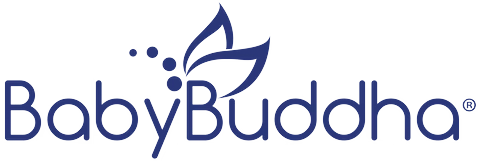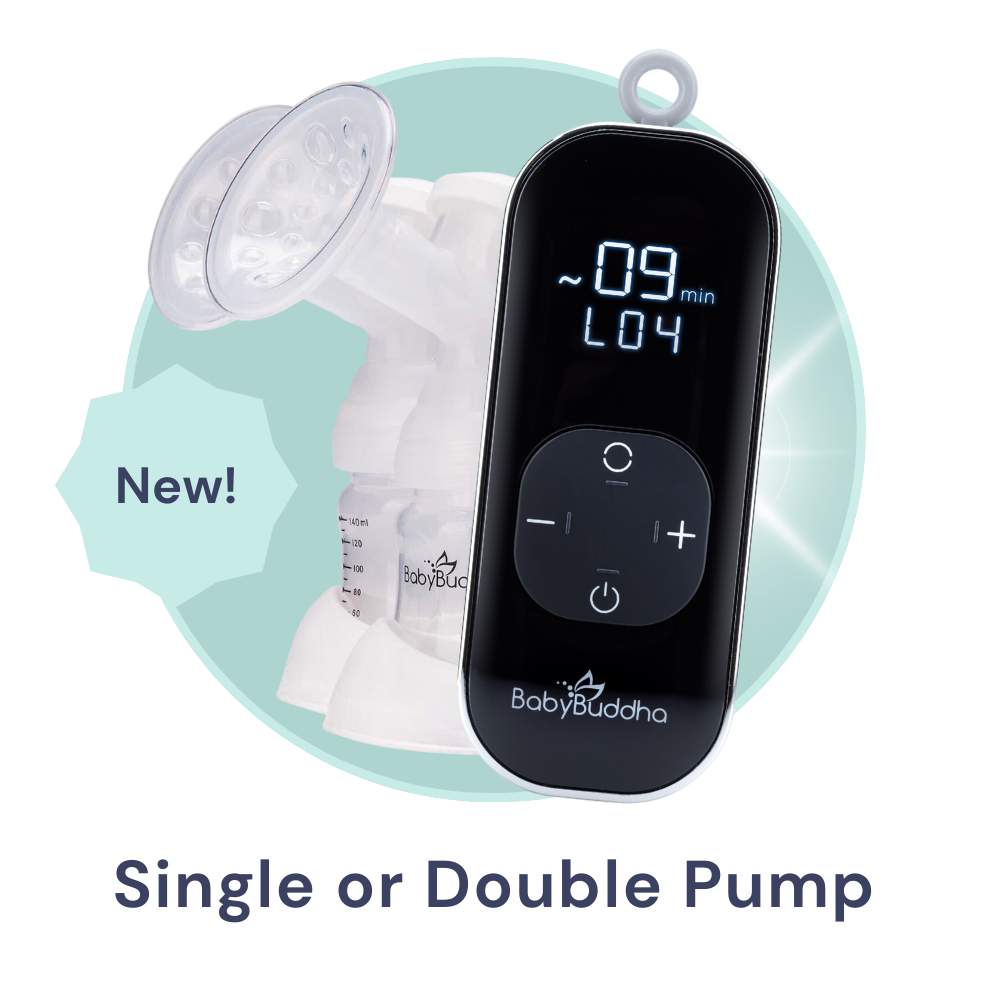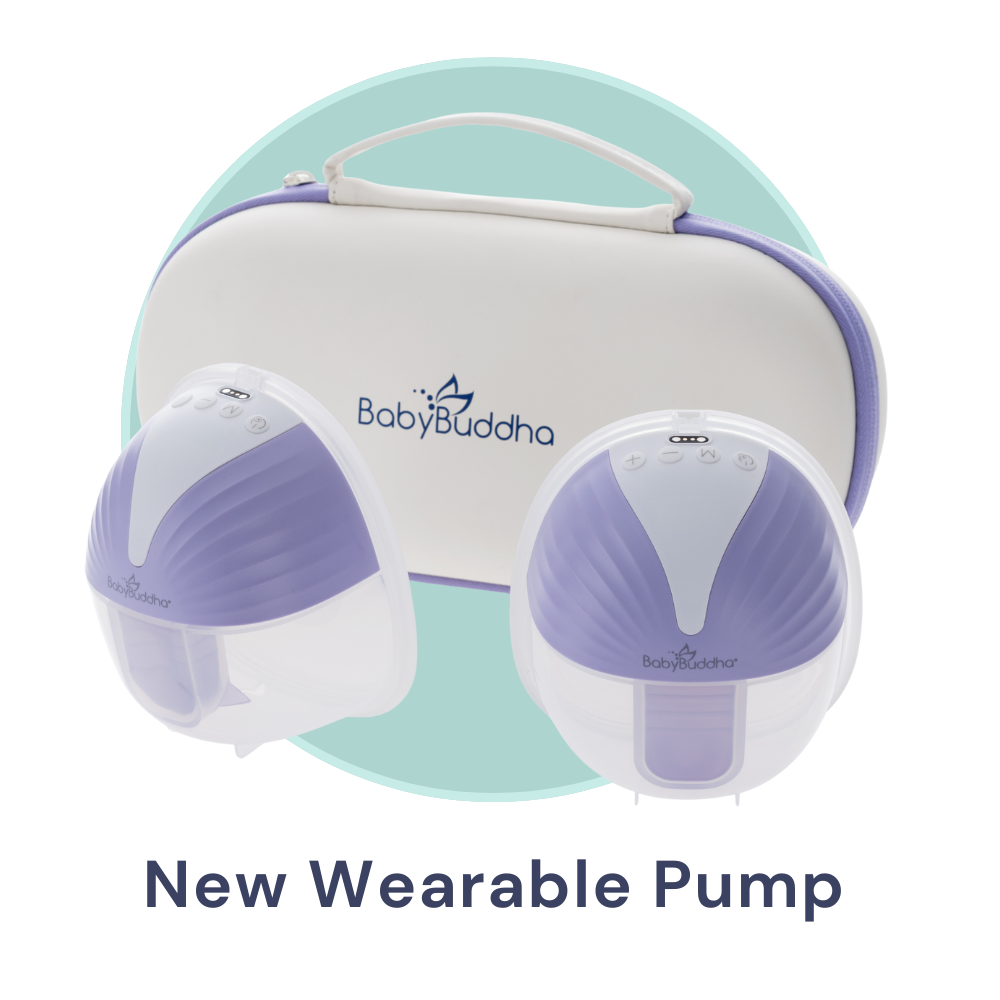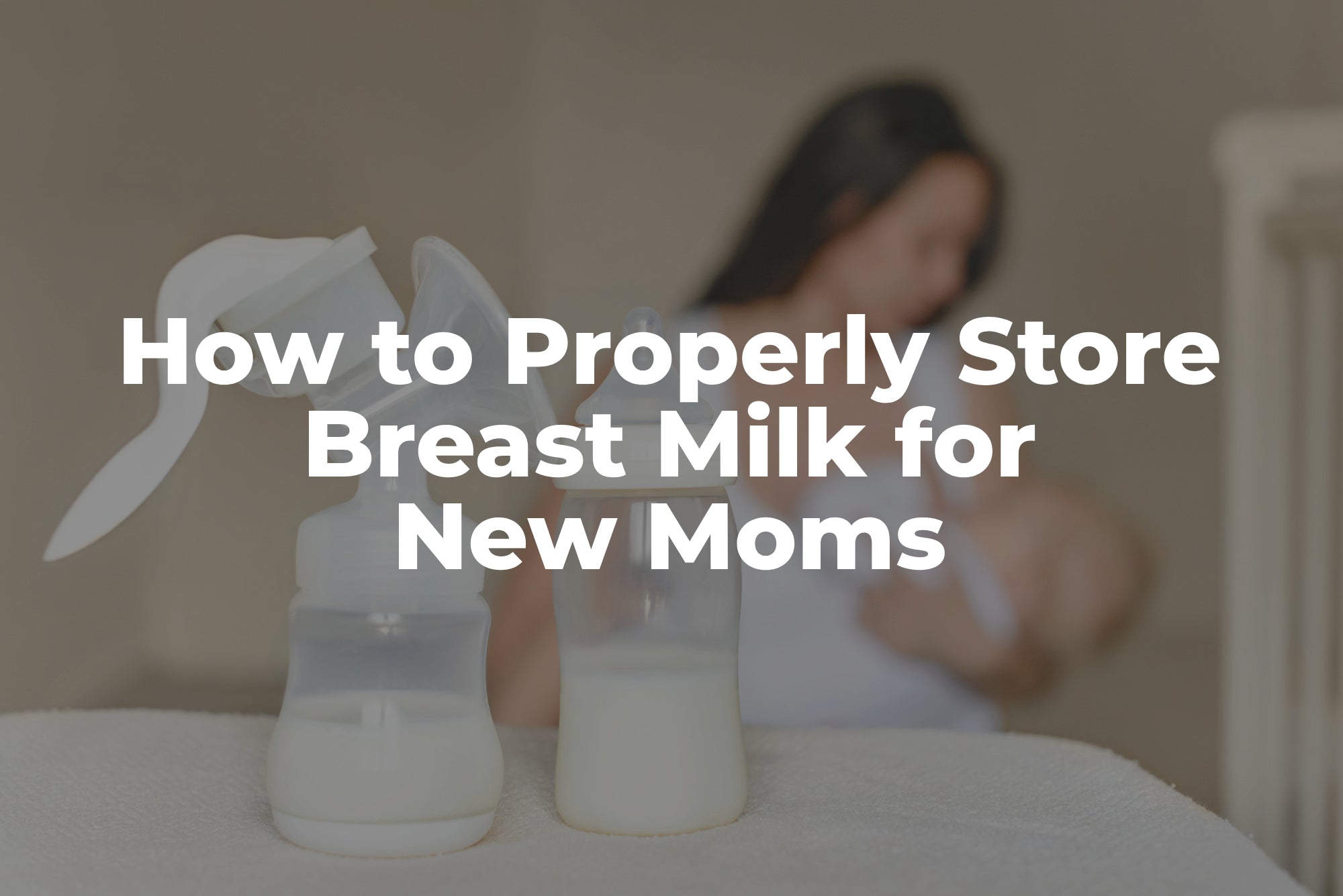"Breast milk is best for babies" is something you may hear often. There's nothing wrong with opting for formula, but this oft-quoted advice has scientific backing.
Breastfeeding helps reduce your baby's chances of type 1 diabetes, obesity, asthma, and sudden infant death syndrome (SIDS). Despite these benefits, breastfeeding isn't easy for all new mothers.
Pumping milk is viable, but it's not as simple as attaching a pump and extracting your baby's food. There is a protocol to follow.
For example, you must keep a regular breastfeeding schedule and know how long to pump breast milk. Yes, not only must you pump consistently, but you have to be careful not to over (or under) pump.
Keep reading to learn when to start pumping, how often and how long to pump, and what happens if you over-pump. We'll also discuss the merits of pumping breast milk.
When Should You Start Pumping?
First, consider speaking with your doctor or lactation consultant before you pump. It never hurts to have medical advice to help you begin breastfeeding.
That said, you can begin pumping breast milk whenever it's convenient for you. Some new mothers choose to forgo breastfeeding and pumping entirely. Some pump immediately after their child is born.
Many other women alternate between mostly breastfeeding and pumping a few times daily. When, or if, you pump (or breastfeed at all) often depends on you.
Reasons to Pump From Birth
Sometimes, new mothers need to pump from birth. Sometimes babies have latching issues meaning they can't effectively attach to the nipple and remove milk.
Latching issues may arise from conditions like Down syndrome or certain health conditions. Down syndrome affects babies' nervous systems, making it difficult to suck, swallow, and breathe.
Health issues like cardiac defects and jaundice affect an infant's sense of alertness. Of course, the mother's health conditions can impact breastfeeding as well.
Mastitis, or mammary gland inflammation, can make it difficult - and painful - for mothers to feed their babies. However, it's possible to still breastfeed (and pump) despite illnesses or medical conditions the mother may have.
Sometimes, pumping is a matter of bonding or distribution of child care. Some parents wish to share feeding duties with their non-lactating partner.
Things to Know Before You Pump
There are three reasons new mothers pump: the baby has issues latching, the mom wants a surplus of milk, or she needs extra milk while at school or work.
You might be shocked to learn there's no specific period for how long to pump breast milk when a baby has latching issues.
You'll need to pump breast milk in place of every feeding. This means connecting the pump day and night whenever your child needs to eat. If you want extra milk, try pumping after scheduled feeding sessions.
Pumping at school or work should begin at least two weeks before you need the milk. You'll have time to build a decent supply and get accustomed to the pumping and storage process.
What is Letdown?
A significant part of breastfeeding is the letdown reflex. Letdown is a physiological response to when your baby - or a pump - begins sucking.
The motion stimulates small nerves in the nipples, which produce prolactin and oxytocin. Prolactin helps induce lactation, and oxytocin is a chemical that helps promote mother-infant bonding.
Together these hormones produce milk which is "let down" and consumed by the baby or removed via the pump.
It's common to feel a tingling sensation in the nipples during letdown, but some women don't have this sensation.
What is Cluster Feeding?
There's often little time during the initial days of breastfeeding to pump. The average amount of times a baby breastfeeds during this time is every two to four hours.
It's not uncommon for some babies to feed every hour. This is called cluster feeding and happens when infants enter growth spurts around three and six weeks.
Cluster feeding can be stressful and tiresome, but it passes quickly and can even help boost your milk supply. The six-week mark is also when the breastfeeding schedule should balance itself.
How Long to Pump Breast Milk?
A newborn's breastfeeding schedule runs every two to four hours. Every two to four hours equals about eight to 12 feedings daily.
As such, you should pump milk using the exact timetable to gather a plentiful amount for mealtimes.
You can safely use breast pumps eight to 12 times a day without concern. However, these numbers are if you're exclusively pumping (EPing) to mimic a newborn's feeding schedule.
15 to 20 minutes is the recommended duration for how long to pump breast milk while EPing. While you can safely pump up to 12 times daily, you may not need to if you alternate between breastfeeding and bottles.
If you're at work or school, try pumping every three to four hours for about 15 minutes per session. So if you're on an eight-hour shift, that's two feedings.
Breast Milk Oversupply
Breast milk oversupply is what happens when you produce too much breast milk. It's when breasts are over-stimulated by pumping and breastfeeding.
Many assume that pumping for too long is what causes over-stimulation. You may be shocked that there is no specific limit for how long you should pump your breasts.
30 minutes is the longest recommended amount of time most experts say a woman should pump her breasts. But an extended duration won't necessarily lead to oversupply.
Oversupply often occurs when a new mother overpumps her breasts before feeding. Once engorged, your breasts may develop mastitis or inflammation.
Does Breast Pumping Appeal to You?
There is no decisive answer to how long to pump breast milk. Newborns feed every two to four hours. If you're EPing, you should pump according to how often your baby breastfeeds.
New mothers that exclusively pump can safely pump every two to four hours, or eight to 12 times daily.
We encourage you to browse the BabyBuddha shop if breast pumping interests you. We've got all the breast-pumping breast-pumping gear and accessories you'll need to keep your baby happy and healthy.








